No wonder we always experienced that how hard we try to click a good photo for our profile picture it is so hard for all of us to get a decent photo.
Also, when we look ourselves in the mirror we look just fine! Then why exactly we look good in mirror but bad in photos?
Reality is we do not really know how we look. The mirror gives us a reflection and the camera does not show us our accurate face.
The mirror you look in every morning during washing or before going out makes you believe that this is how you look. We are so accustomed to see ourselves in mirror that when we see ourselves in a picture we are unable to recognize ourselves.
Mirror shows us the enantiomorph version of our face in simpler terms when we see in a mirror the right becomes left and the left becomes right, and so unless you have a completely symmetrical face you will always find slight change in the mirror image of you and photo clicked image of you.
Scientist call this familiarity of us to the mirror image of ourselves as MERE EXPOSURE. This exposure makes us favorable to things which are familiar and unfavorable to things which are unfamiliar. Henceforth, we are more inclined towards our mirror image than the camera clicked image
Also, the camera picture we see are not also true image. Camera clicks 2D images and thus it somehow distorts our real look.
Putting in a nutshell, we do not really know how we look and honestly it does not even matter how we look as Margaret Hungerford says beauty lies in the eye of the beholder.



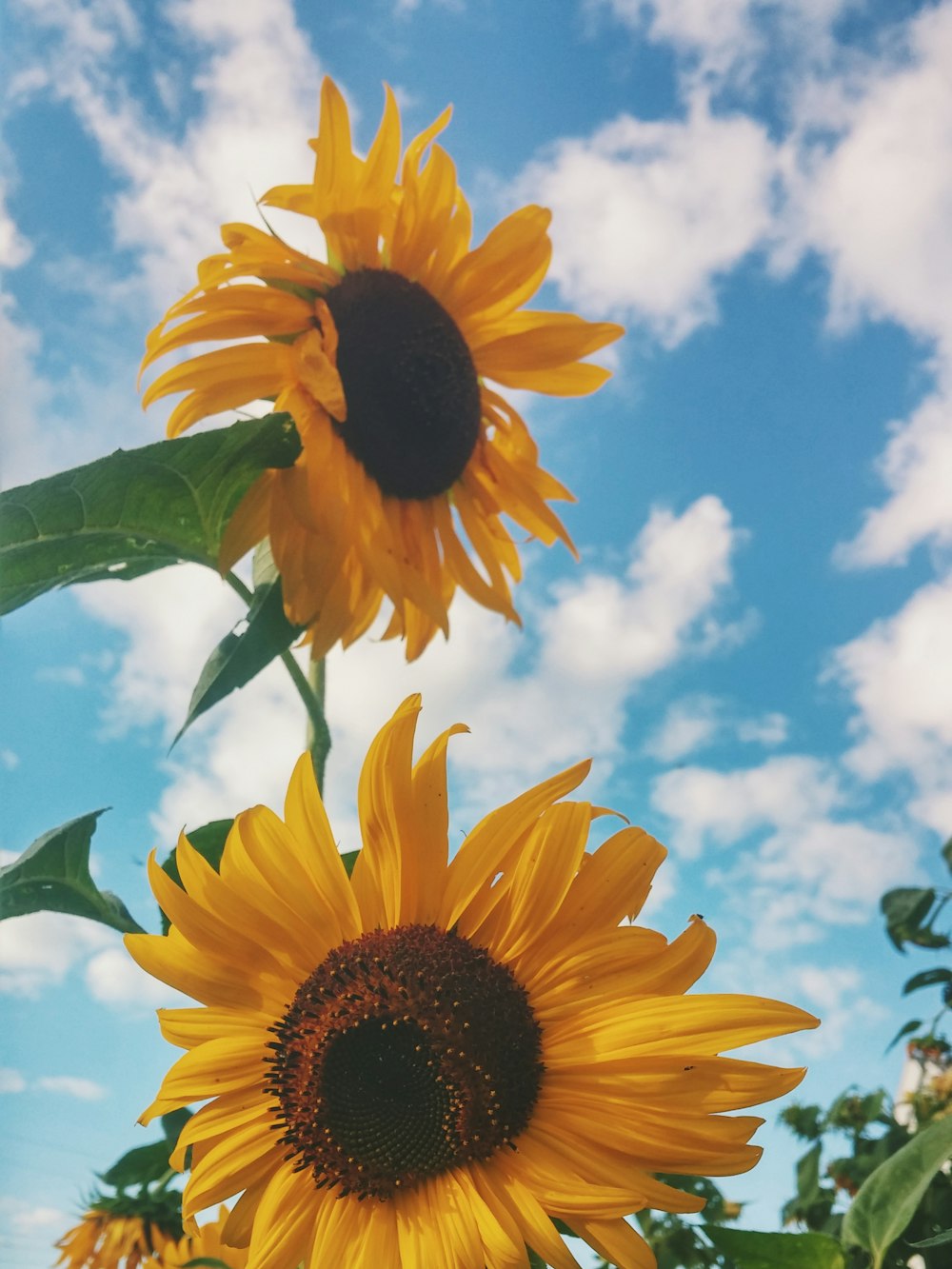
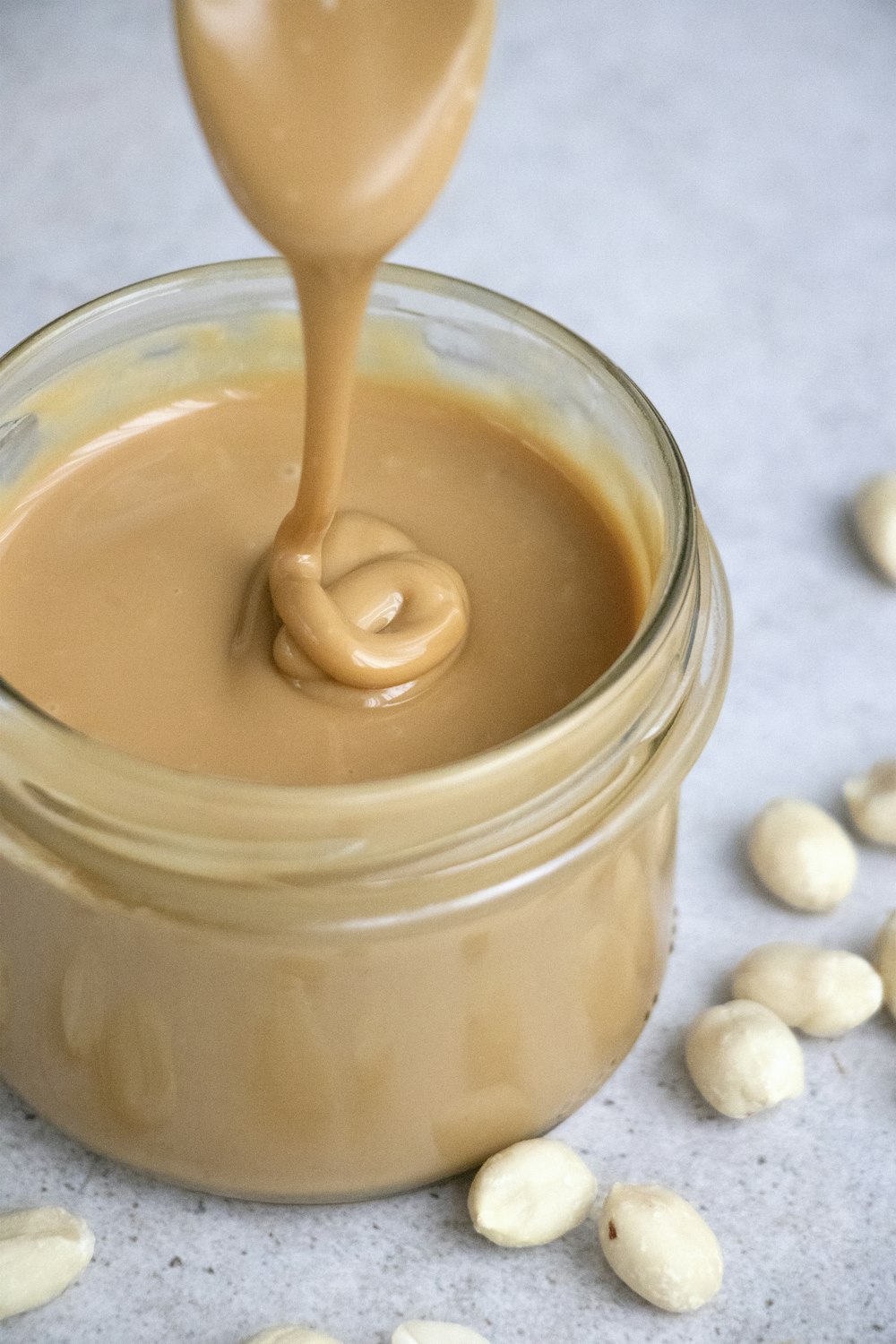
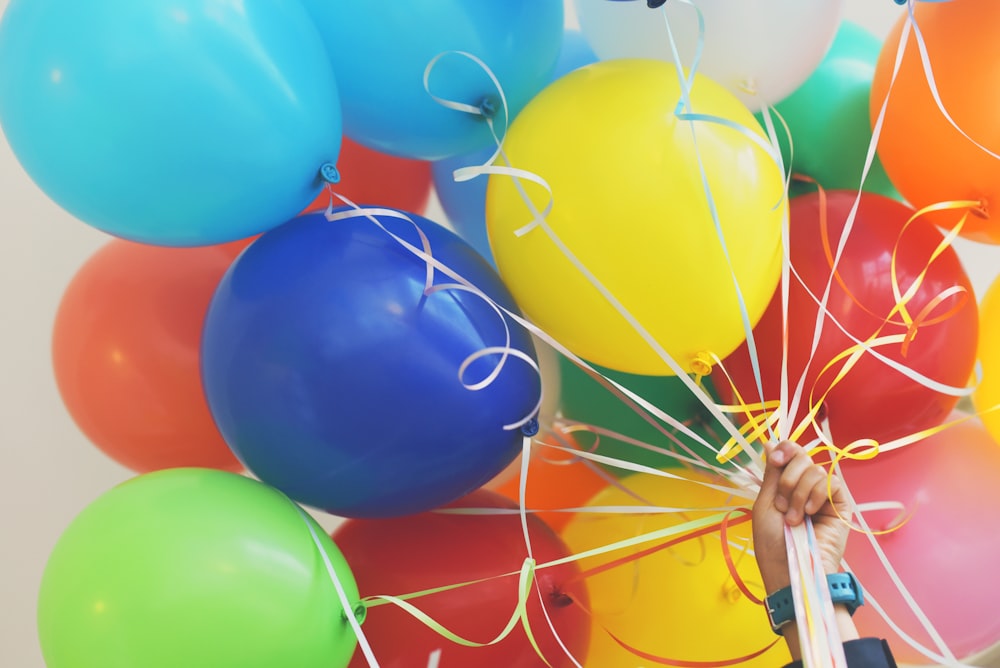

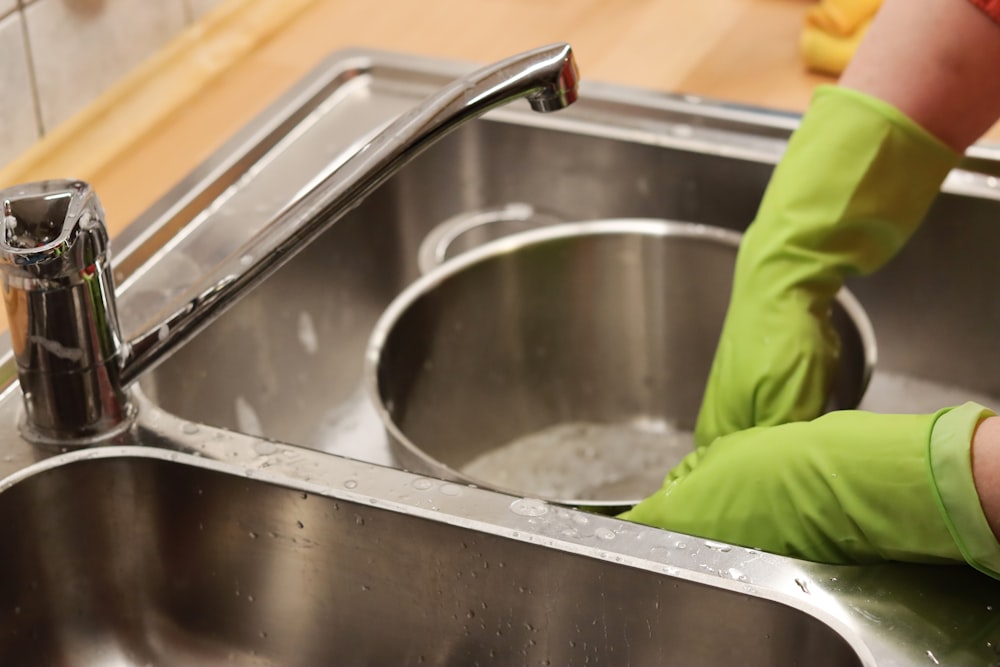
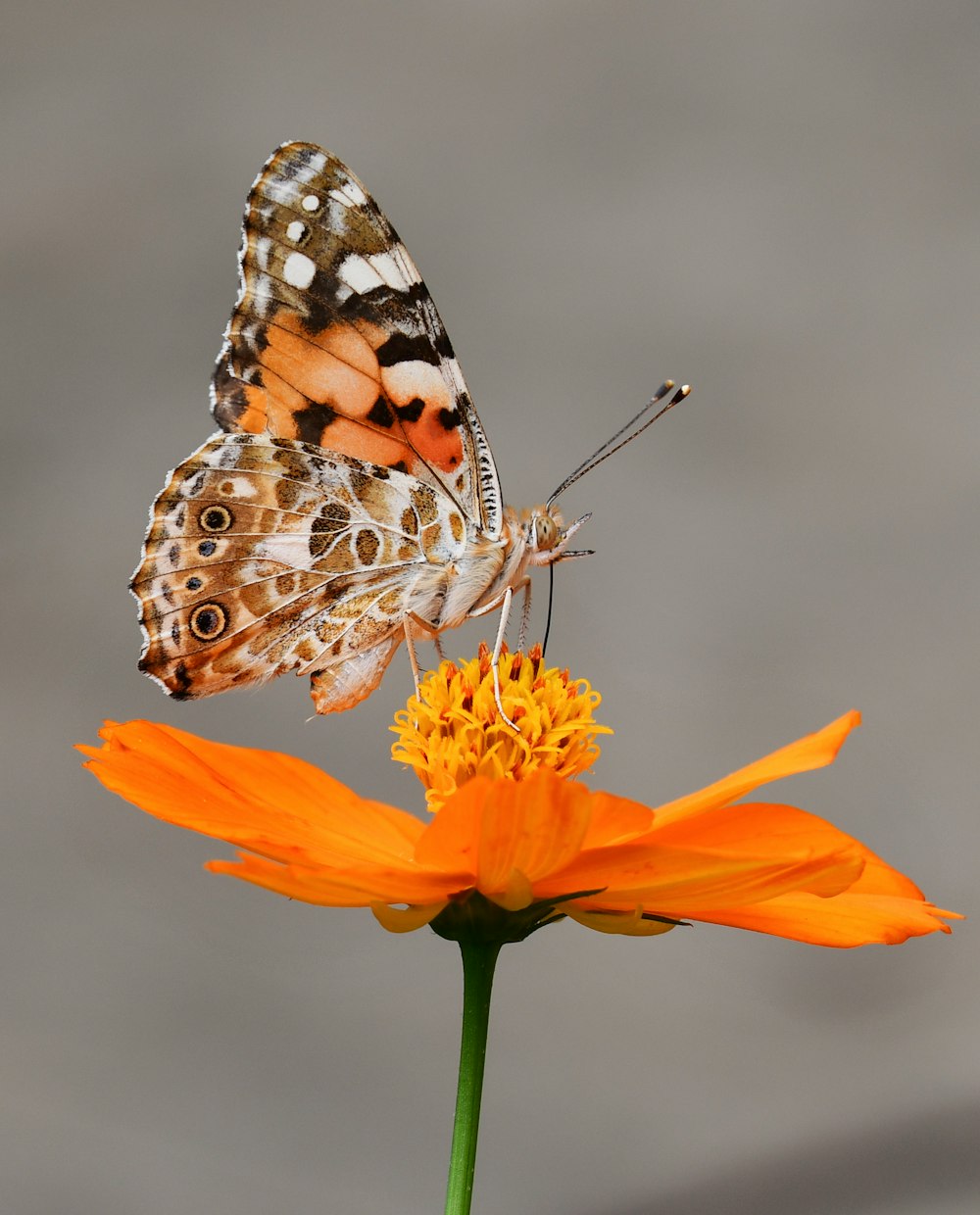





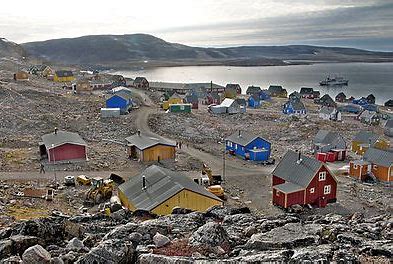



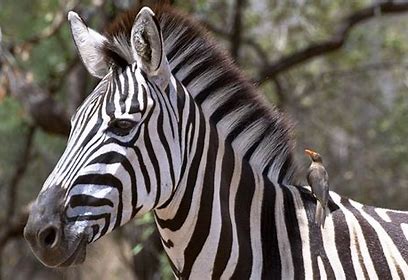



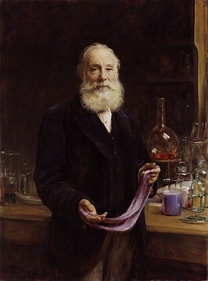
You must be logged in to post a comment.